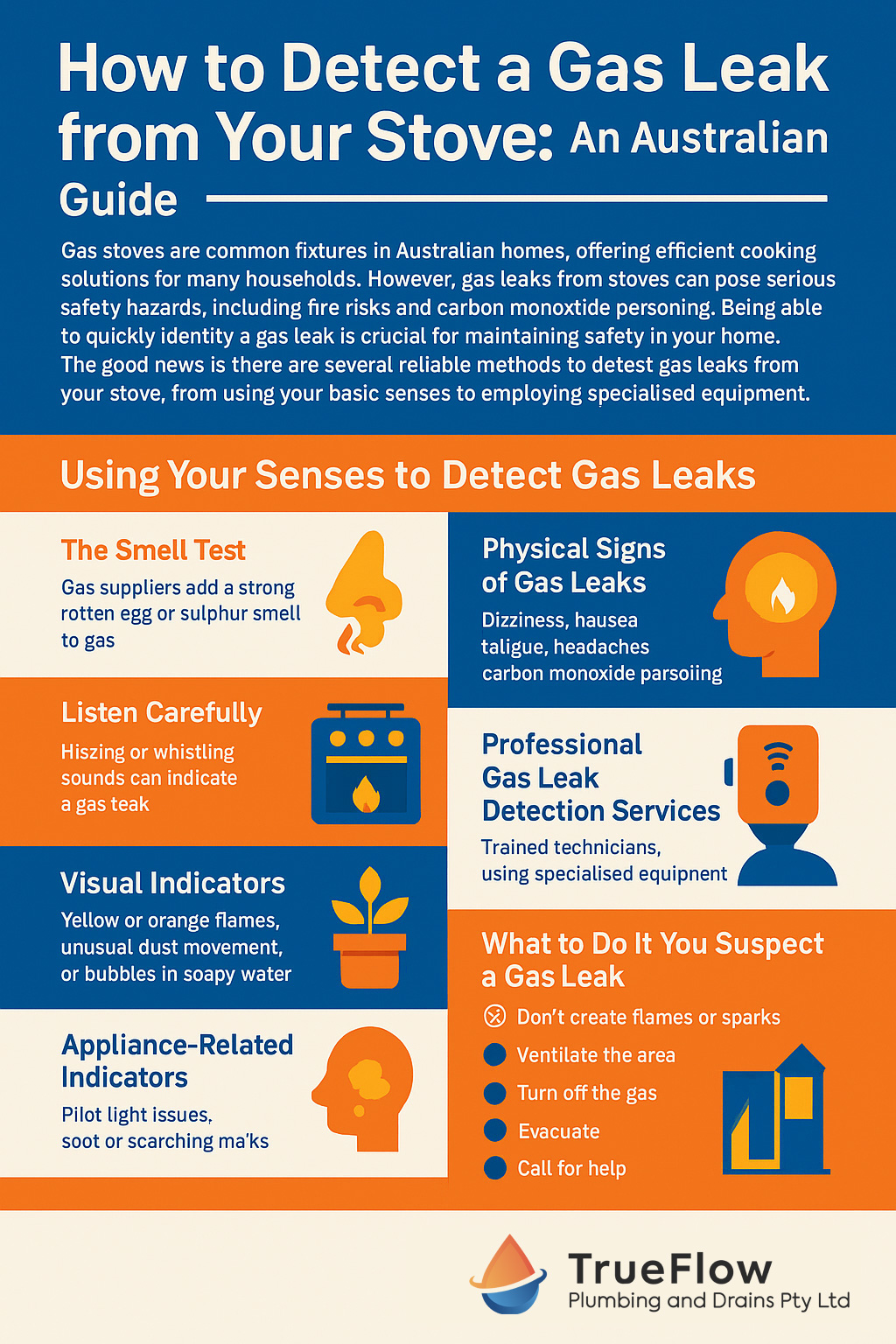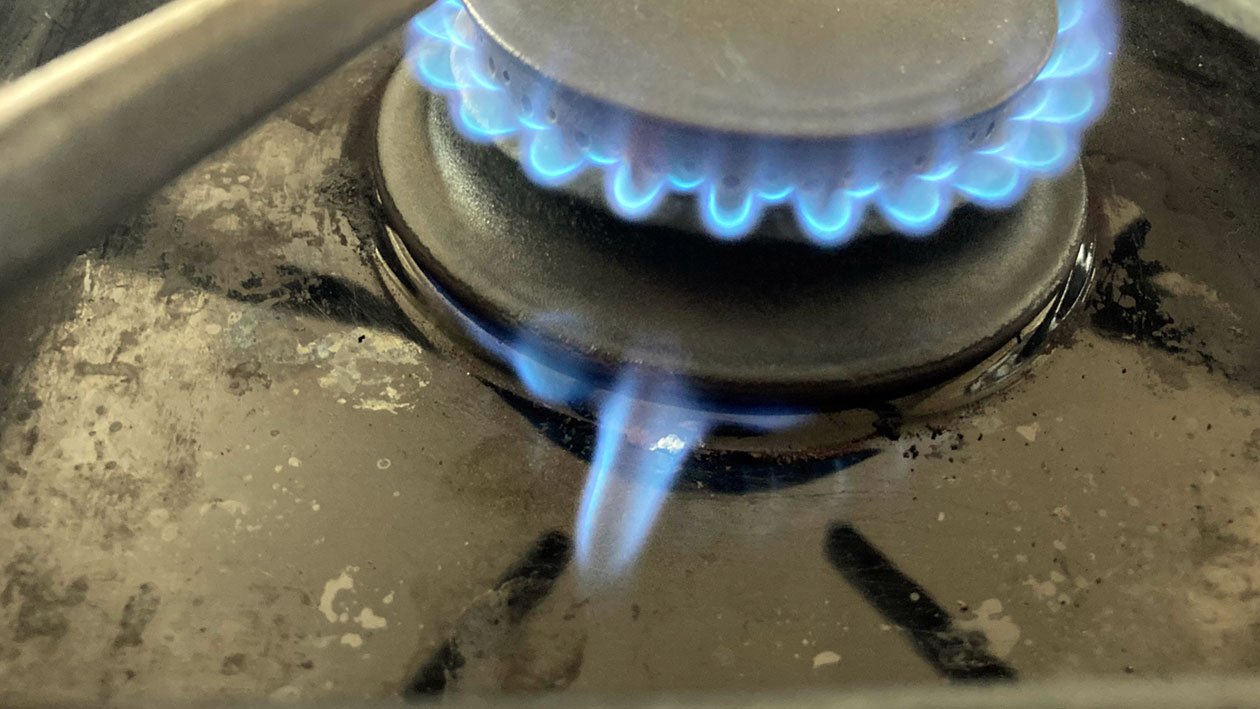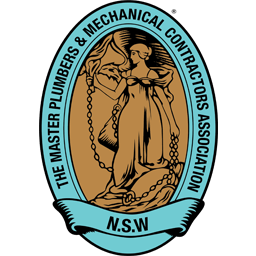Gas stoves are common fixtures in Australian homes, offering efficient cooking solutions for many households. However, gas leaks from stoves can pose serious safety hazards, including fire risks and carbon monoxide poisoning. Being able to quickly identify a gas leak is crucial for maintaining safety in your home. The good news is there are several reliable methods to detect gas leaks from your stove, from using your basic senses to employing specialised equipment.
Using Your Senses to Detect Gas Leaks
The Smell Test
Your nose is arguably your most valuable tool for detecting gas leaks. Natural gas and LPG are naturally odourless, but gas suppliers in Australia add a chemical called mercaptan (or ethyl mercaptan) to give gas that distinctive rotten egg or sulphur smell. This strong, unpleasant odour makes gas leaks easier to detect before they become dangerous.
If you notice this distinctive smell in your kitchen, particularly near your stove, it’s a strong indication that gas is escaping. The smell is deliberately made to be unmistakable and difficult to ignore, providing an early warning system that doesn’t require any special equipment.
Listen Carefully
Gas escaping from pipes or connections will often create audible sounds. If you hear a hissing or whistling noise coming from your stove or the gas lines connected to it, this could indicate a leak. For more subtle leaks, you might need to get closer to the appliance to hear these sounds properly.
To conduct a proper sound check:
- Turn off all other appliances and minimise background noise
- Listen carefully around the burners, connections, and gas lines
- If you suspect a specific area, you can place your ear closer (but never use an open flame to locate the source)
Visual Indicators
Your eyes can also help identify potential gas leaks through several visual cues:
- Flame colour: A properly functioning gas stove should produce a blue flame. If you notice the flame is yellow, orange, or red, this is a strong indication of a gas leak or a problem with the gas-to-air ratio. These warm-coloured flames suggest incomplete combustion, which can be poisonous.
- Dust movement or white mist: Gas escaping from pipes can disturb dust particles or create a visible white cloud or mist near the gas line. If you notice unusual dust movement or a misty appearance near your stove when the burners are off, this warrants investigation.
- Bubbles in soapy water: You can perform a simple test by applying soapy water to gas connections. If bubbles form when the gas is turned on but the burners are off, you’ve found a leak.
Did You Know? The NSW gas network – covering 29,173 kilometres of pipelines – recorded 0.28 leaks per 10 km of surveyed pipe in 2022-23, maintaining a downward trend from 7.74 leaks/10 km in 2016-17. Mechanical damage incidents (often caused by third-party excavation) stabilised at 0.75 incidents per 10 km in 2022-23, reflecting improved “Dial Before You Dig” compliance amid increased construction activity. Source: NSW 2022-2023 Gas Networks Performance Report.
Physical Signs of Gas Leaks
Appliance-Related Indicators
Several changes in your stove’s performance can signal gas leakage:
- Pilot light issues: If the pilot light on your gas stove repeatedly goes out or is difficult to light, this could indicate a gas leak problem.
- Soot or scorching marks: Unusual black sooty deposits or scorching around the burners or other parts of your stove might indicate improper gas combustion, often related to a leak.
Environmental Changes
Gas leaks can affect the environment around your stove:
- Plants: Houseplants in the kitchen or near the stove that suddenly begin to wilt, turn yellow, or die without an obvious cause might be reacting to gas in the air.
- Insects: Interestingly, certain insects are attracted to the mercaptan in gas. An unusual increase in insects around your stove could be a subtle sign of a leak.
Health Symptoms Related to Gas Exposure
Exposure to leaking gas can cause physical symptoms, especially with prolonged exposure:
- General symptoms: Dizziness, nausea, fatigue, and headaches are common responses to gas exposure.
- Carbon monoxide symptoms: More serious leaks can lead to carbon monoxide poisoning, which may cause chest pain, abdominal pain, loss of muscle control, and even bright red lips or pink skin in severe cases.
Professional Detection Methods
Electronic Gas Detectors
Electronic gas detectors are highly recommended for Australian homes with gas appliances. These devices can detect natural gas, LPG, and carbon monoxide before they reach dangerous levels.
Most electronic detectors will sound an alarm when gas is detected, even at levels below what the human nose can smell.
Professional Gas Leak Detection Services
For thorough inspection, Dylan at TrueFlow Plumbing and Drains offers professional gas leak detection services with using specialised equipment. He can detect even minor leaks that might be missed by DIY methods. Dylan will be able to either repair the leak or install a new gas line, if needed.
What to Do If You Suspect a Gas Leak
If you suspect a gas leak from your stove, take these immediate actions:
- Don’t create flames or sparks: Avoid using matches, lighters, electrical switches, phones, or any device that could create a spark.
- Ventilate the area: Open doors and windows to allow fresh air to circulate, but only if safe to do so.
- Turn off the gas: If possible, turn off the gas supply at the meter or gas bottle.
- Evacuate: Leave the building immediately if the smell is strong.
- Call for help: From a safe location, call the Gas Leaks and Emergency service on 1800 GAS LEAK (1800 427 532) or 000 in an emergency.
- Contact a licensed gas fitter: Australian regulations require that gas appliance repairs be performed by licensed professionals.
Dealing with a gas leak from a stove requires a licensed professional. For a complete overview of who to call and immediate safety steps for any gas leak, see our comprehensive guide on what a gas fitter does.
Preventive Measures
Regular maintenance of your gas stove by a licensed gas fitter can prevent potential leaks. In Australia, it’s recommended to:
- Schedule regular inspections of your gas appliances and connections
- Replace worn hoses and connections before they become problematic
- Ensure proper ventilation in areas with gas appliances
- Install gas and carbon monoxide detectors near your kitchen and other gas appliances




